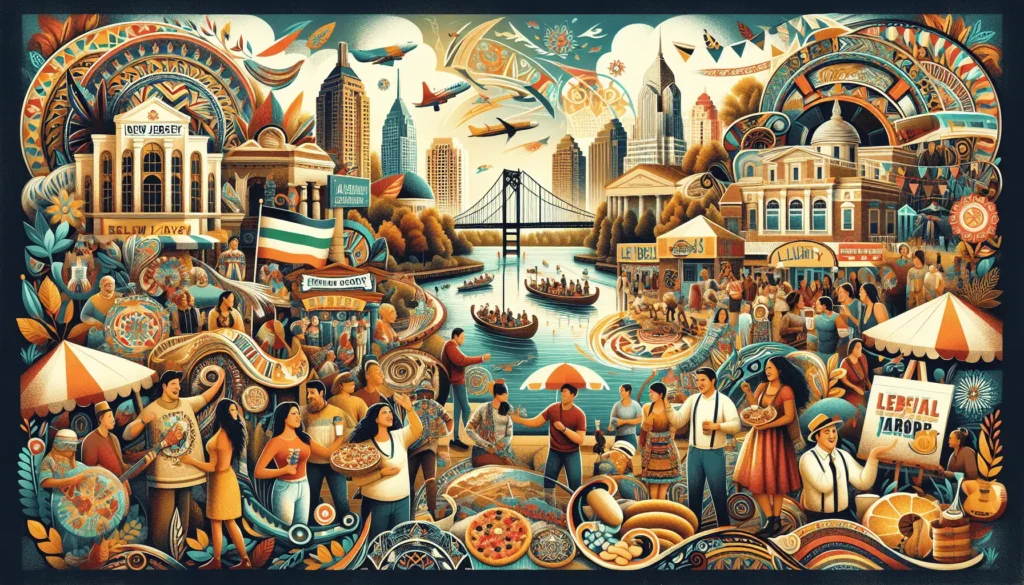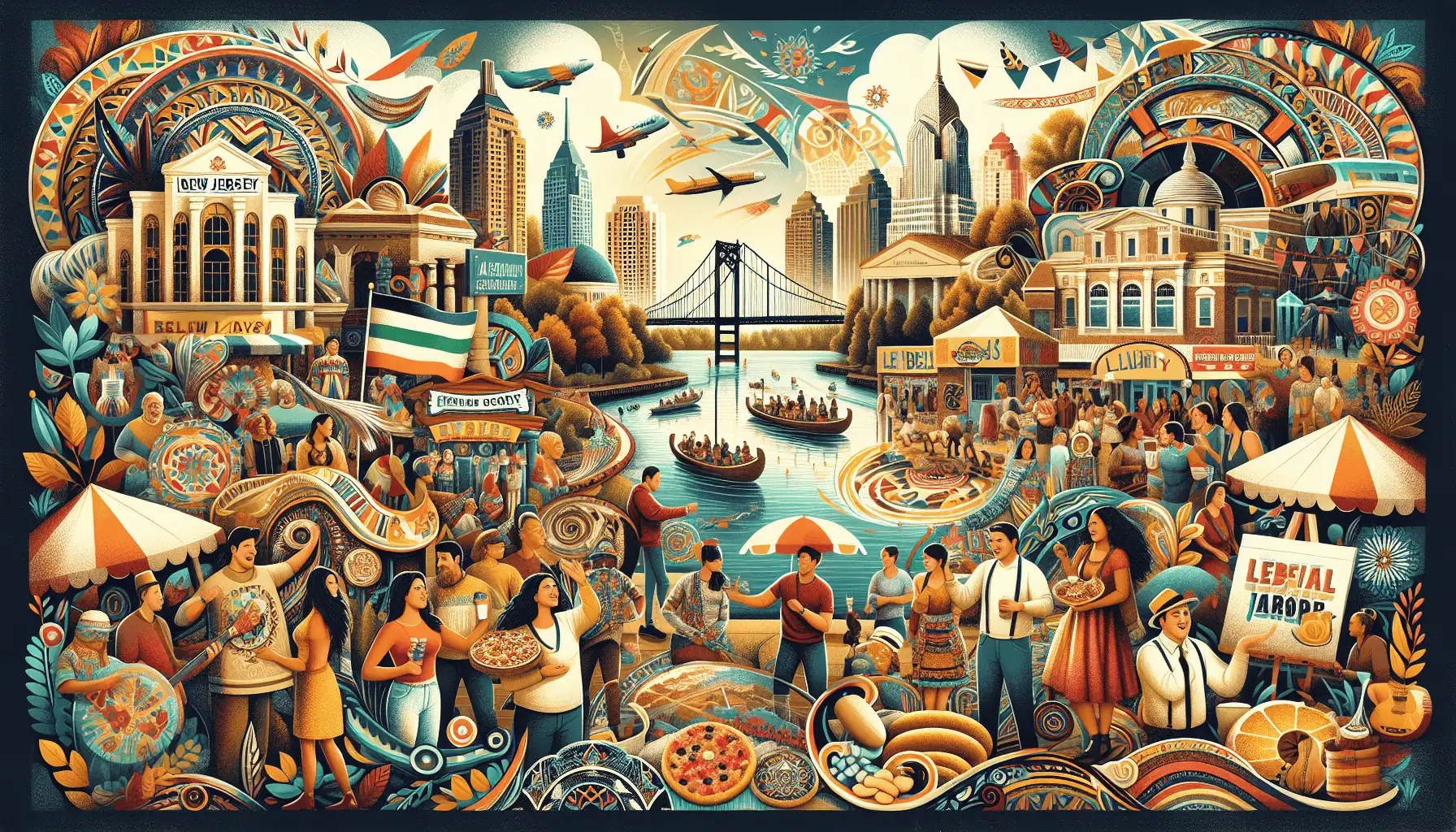Picture this: I step off the train in Newark, excited for cultural exploration in New Jersey.
Over two weeks of field research, I traveled from Lenape villages to vibrant festivals.
Let’s walk through my research plan, must-see sites, and key takeaways for your own IGCSE trip.
Defining My Research Plan
Setting Objectives and Questions
Every good field study starts by asking clear questions. I wanted to understand how history, immigration, and modern culture shape New Jersey’s identity.
I jotted down four main goals:
- Understand Lenape cultural heritage
- Compare early and recent immigration waves
- Examine museum exhibits and artifacts
- Experience living traditions at festivals
Mapping Out Field Trips
I mapped out my route across northern New Jersey, focusing on heritage sites and history museums.
I used the state’s calendar of field trips in New Jersey to book guided tours and public programs.
Visiting Lenape Heritage Sites
Lenne Lenape Indian Village at Waterloo
At the reconstructed Lenne Lenape Indian Village at Waterloo, I watched artisans grind corn by hand (just as Lenape hunters did over 12,000 years ago). That hands-on view made their daily routine feel so real.
Picatinny Arsenal Archaeological Sites
The Cultural Resource Program at Picatinny Arsenal documents dozens of Native American sites.
I explored several dig locations and learned about artifacts uncovered in the Highlands.

Exploring Historical Museums
Touring New Jersey History Museums
With 162 history museums statewide, I had to pick a few that matched my research goals.
I focused on:
- New Jersey State Museum in Trenton for statewide artifacts
- Morven Museum & Garden in Princeton for colonial history
- Paterson Museum for industrial and immigration exhibits
Sussex County Mining Heritage Corridor
Along the Sussex County Mining Heritage Corridor, I traced the legacy of 19th-century iron and zinc miners.
The old mines and interpretive centers reveal the tough lives of immigrant workers.
Attending Vibrant Local Festivals
Where else can you mingle with colonial reenactors and sip fine wines in the same afternoon?
New Jersey’s calendar offered events that fit my cultural study:
| Festival | Month | Location | Highlights |
|---|---|---|---|
| Cape May Food & Wine Festival | September | Cape May | Seafood tastings, wine pairings |
| Victorian Week | October | Cape May | Historic home tours, period performances |
| Patriots Week | December | Trenton | Revolutionary War reenactments, parades |
| New Jersey State Fair | August | Sussex County Fairgrounds | Livestock shows, carnival rides, live concerts |
Each festival helped me compare historical traditions with modern community spirit.
Immersing in Ethnic Neighborhoods
Little Italy in Newark
Walking down Mulberry Street in Newark’s Little Italy felt like stepping into early 20th-century Europe.
I sampled cannoli, chatted with shop owners, and noted vibrant murals celebrating Italian heritage.
El Barrio in Newark
In Newark’s El Barrio, Puerto Rican and Dominican immigrants shaped the neighborhood’s energy.
I caught salsa performances and admired colorful street art reflecting island roots.
Polish Community Hubs
Polish immigrants built churches and social clubs that still host cultural classes today.
I joined a folk dance workshop and learned a few traditional moves.
Reflecting on Cultural Insights
- Lenape traditions remain alive in reconstructed villages
- Immigration waves shaped festivals, food, and neighborhoods
- Museums and heritage corridors offer hands-on learning
My journey showed me how past meets present across New Jersey’s cultural landscape.
Ready to plan your own field research? Share your questions below, and let’s keep exploring together!


